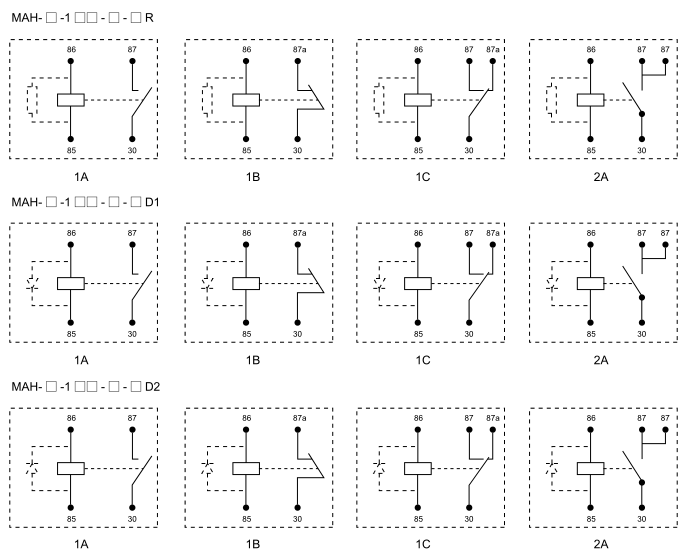understanding relay circuits: the heart of electrical control systems
Release time:2025-08-10 21:33:54
Relay circuits are crucial components in modern electrical systems. They serve as electrical switches that allow one circuit to control another, often of higher voltage or current. Understanding how a relay circuit works and its various applications is essential for anyone working in the fields of electronics, automation, or electrical engineering. In this article, we will explore the concept of relay circuits, their operation, types, and real-world applications.

What is a Relay Circuit?
A relay circuit consists of a relay, which is an electromagnetic switch. It is used to control the flow of current in a secondary circuit by using a small input current to control a larger output current. The relay contains a coil of wire, which, when energized, creates a magnetic field that moves a set of contacts. These contacts can either open or close, depending on the design of the relay, and thereby control the flow of current through a connected circuit.
At its core, a relay operates as a mechanical switch, with the additional benefit of being controlled electrically. This means that a relay can turn on or off a high-voltage circuit using a low-voltage control signal, offering electrical isolation between the control and the output circuits. This feature is particularly useful in situations where low-voltage devices need to control high-voltage equipment, such as in industrial automation systems or home appliances.

